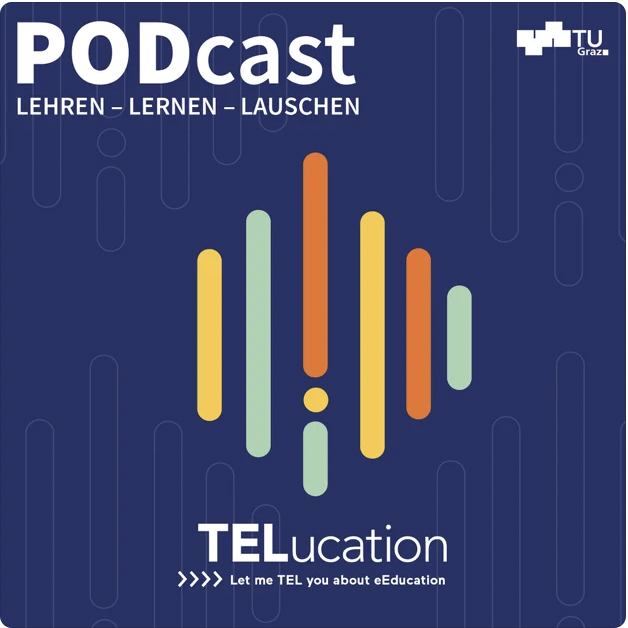Es freut uns, dass wir nun den neuten Teil unserer Podcast-Serie „Lehren – Lernen – Lauschen“ auf der TELucation-Webseite zur Verfügung stellen können. Diesesmal spricht Melina Amor über ihre Erfahrungen:
In diesem Podcast spricht Melina Amor (Institut für Materialphysik) über die Bedeutung von Studierendenfeedback und darüber, wie man Studierende mehr involvieren kann. Außerdem spricht sie über die Veränderungen, die die Covid-19-Pandemie für ihren Unterricht mit sich gebracht hat, und darüber, wie sie mit neuen Entwicklungen in der Lehre Schritt hält.
[10 Einbeziehen von Studierenden in der Molekularbiologie]
Und nicht übersehen – der Podcast ist auch in allen gängigen Portalen verfügbar:


